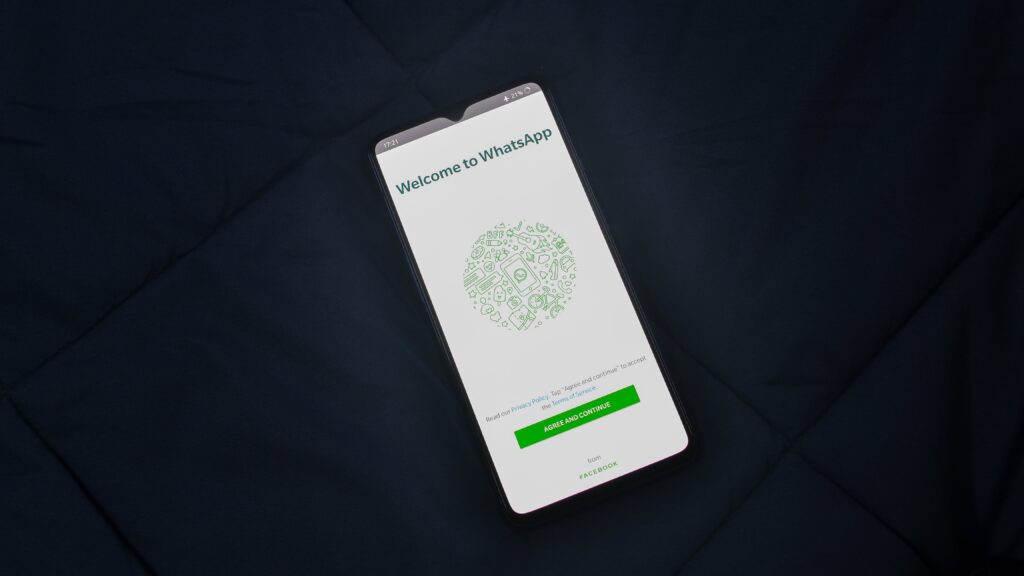On February 12, 2020, Facebook announced that WhatsApp had surpassed 2 billion registered users worldwide. Following this news, marketers in China began aggressively promoting through bulk WhatsApp account registrations, sending up to 100 million marketing messages in a single day. This created significant challenges for WhatsApp's ecosystem and severely impacted the experience of regular users. In response, WhatsApp enhanced its risk control system, especially with the rise of AI in 2023. WhatsApp upgraded its AI-driven risk control measures, making the platform more sensitive to various marketing activities. As a result, newly registered accounts are now at a high risk of being banned after interacting with more than five unfamiliar contacts, without undergoing a period of normal use. This has greatly hindered the efficiency of customer acquisition for foreign trade marketers. The pressing question for many foreign trade professionals is how to help new accounts quickly pass the observation period and maintain stable daily use. According to WhatsApp's official documentation, a conversation is considered to be between friends if both parties have added each other's phone numbers to their respective contact lists, and a message exchange is initiated. Under these circumstances, no matter how many messages are exchanged, there is no risk of the account being banned. Two conditions define a friend relationship: In the course of business development or after-sales notifications, it's often necessary to communicate with some strangers (users not mutually added in the contact list). Unlike Chinese social media platforms where you can send only one message before becoming friends, WhatsApp allows you to send multiple messages without the need to be added as a contact. Drawing from the messaging system of Facebook, also owned by Meta, WhatsApp's risk control mechanism likely takes this into account. This means that after you send the first message to a stranger, it is only safe to send further messages if they reply. This is where the concept of a "temporary friend" comes into play. How long can a "temporary friend" relationship last? Many mechanisms in WhatsApp are similar to those in WeChat. For instance, in WeChat, customer service must respond to messages within 48–72 hours, or they lose the ability to reply. WhatsApp has a similar system, where the API documentation states that multiple communications within a 24-hour window are free of charge, but after 24 hours, each new message is treated as a new conversation. However, real-world testing has shown that WhatsApp's grace period could extend to 7-15 days, and with increased communication frequency, this time may dynamically extend. This explains why some foreign trade professionals report being able to chat with clients for up to a year without adding them to their contact list, as long as they maintain a "temporary friend" relationship. Any conversation outside of "contacts" and "temporary friends" is considered a "stranger conversation." For new accounts, there isn't a strict rule for banning. Even if a new account initiates a conversation with a stranger and receives a response, it's still possible to trigger WhatsApp's risk control system and face a temporary ban. Fortunately, such bans are usually short-term and not permanent. However, if a new account sends messages to more than five strangers without receiving any responses, it's at high risk of being permanently banned. Based on the principles outlined in section 3, increasing an account's activity level can enhance its resistance to bans. By leveraging Chrome’s multi-profile feature, you can log into multiple WhatsApp accounts on a single machine. Simply click on the Chrome avatar, select "Add More Profiles," and each profile will open in a separate environment, allowing you to log into a new WhatsApp account.1. Background | Why Develop Intelligent WhatsApp Account Management
2. Principles | Why Mass Messaging Leads to Account Bans
2.1 How WhatsApp Defines a "Friend"
2.2 What is a "Temporary Friend" on WhatsApp?
2.3 Conversations with Strangers on WhatsApp
3. Basics of Account Management | Simulating Account Activity with Software Automation
3.1 What Activities Indicate Account Activity?
4. Using Plugins to Manage Accounts
4.1 Using Chrome's Multi-Login Feature to Manage Multiple WhatsApp Accounts

After installing the plugin, the default page that opens is https://web.whatsapp.com. Click on the "A" icon on the right sidebar to open the sidebar, where you can find the account management settings. Step 1: Open the plugin.4.2 Installing the Plugin and Creating an Initial Account Management Task
Step 2: Click on the "A" icon in the right sidebar.
Step 3: In the expanded sidebar, click "Generate ID" to obtain an account management code. All accounts added later must use the same code for mutual account management.
Step 4: Set the number of conversation rounds, which can be between 20-30 rounds/day to increase the frequency of interactions.
Step 5: Check if you need to adjust the time intervals. The default account management time is set to all-day.
Step 6: Click "Start Account Management" to create an account management task.

Step 1: Again, click the "A" icon to open the account management settings.4.3 Adding Other Accounts to the Same Account Management Code
Step 2: Paste the previously generated account management code into the designated field (Note: you do not need to generate a new code here).
Step 3: Set the number of conversation rounds and time intervals.
Step 4: Click "Start Account Management" to begin managing the additional accounts.

While in the active state, you can click on the accounts in the same group to view which accounts are currently participating in the mutual account management process.

If you need to add more accounts to the mutual account management code, simply follow the same steps as outlined above. The system uses AI-generated conversation content to simulate authentic human-to-human interactions, rather than repeatedly sending the same messages. This reduces the risk of triggering WhatsApp’s risk control mechanisms.

The previously introduced plugin-based account management method has its limitations, such as restrictions on the number of accounts and the need to configure each account individually. However, with WADesk, once you select the numbers, you simply click "Start Account Management," and the entire process runs automatically. Below is a screenshot of WADesk. If you require bulk account management for a large number of accounts, feel free to contact our sales support team, who will guide you through setting up a trial.5. A More Powerful Account Management Tool: WADesk

Our Telegram Group Link(Customer Service In Group):https://t.me/wadesk2023
Our WhatsApp Group Link(Customer Service In Group):https://chat.whatsapp.com/LA6o25B2GC40WFdZetyUFY




